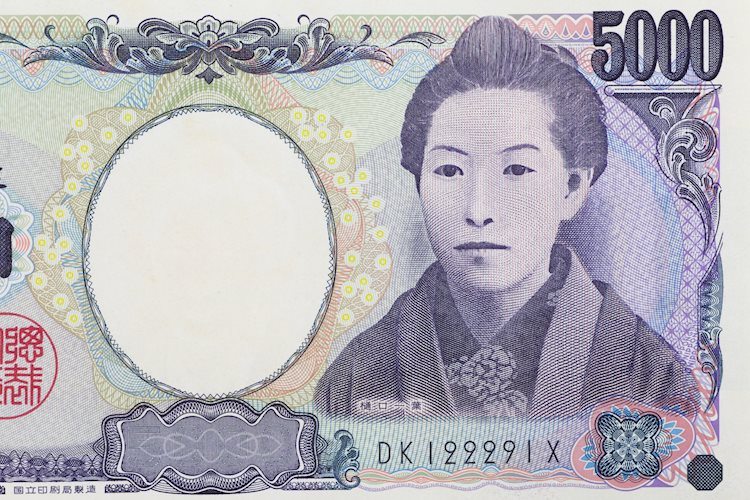The USD/JPY pair has been trading in positive territory for the third consecutive day, with the Japanese Yen facing selling pressure during the early Asian session on Wednesday. Data released by the Bank of Japan (BoJ) suggested an additional $13 billion JPY intervention on Friday, which pushed the Yen from 162.00 to 157.00 against the USD in just two days. The interest rate differential between Japan and the US continues to weigh on the JPY and create a tailwind for USD/JPY, with the Yen reaching its lowest levels since December 1986 earlier this month.
The Japan’s Tankan Manufacturers Sentiment Index rose to 11.0 in July from 6.0 in June, indicating a pickup in economic activity. On the other hand, the softer US June Consumer Price Index (CPI) has led to growing speculation that the Fed will cut interest rates. Traders see the odds of a Fed rate cut by September at 100%, up from 70% a month ago. The Federal Reserve’s release of the Building Permits, Housing Starts, Industrial Production, and the Beige Book, along with speeches by Barkin and Waller, will likely impact the USD/JPY pair in the upcoming sessions.
The Japanese Yen is one of the world’s most traded currencies, with its value influenced by various factors such as the performance of the Japanese economy, the Bank of Japan’s policy, the differential between Japanese and US bond yields, and risk sentiment among traders. The BoJ has a mandate for currency control and has intervened in the past to lower the value of the Yen, although it has refrained from doing so frequently due to political concerns. The current BoJ’s ultra-loose monetary policy has caused the Yen to depreciate against its main currency peers.
The BoJ’s stance of sticking to ultra-loose monetary policy has led to a widening policy divergence with other central banks, particularly with the US Federal Reserve. This policy divergence supports a widening of the differential between the 10-year US and Japanese bonds, favoring the US Dollar against the Japanese Yen. The Japanese Yen is often viewed as a safe-haven investment, meaning that in times of market stress, investors tend to put their money in the Japanese currency due to its perceived reliability and stability, strengthening its value against riskier currencies.
In summary, the USD/JPY pair remains in positive territory, with the Japanese Yen facing selling pressure and the possibility of yen-buying interventions. Economic data releases and speeches by Federal Reserve officials will likely impact the pair in the upcoming sessions. The performance of the Japanese economy, Bank of Japan’s policy, interest rate differentials, and risk sentiment among traders play a key role in determining the value of the Japanese Yen. The Yen’s status as a safe-haven investment and policy divergence between central banks also influence its value against the US Dollar.































